Introduction
Mesoamerica’s ancient civilizations have had a lasting influence on how people perceive human history. The Mayan civilization stands out among these fascinating cultures as an example of human inventiveness, fantastic architecture, and profound spirituality. This talk will travel through the mysterious world of ancient Mesoamerica, focusing investigation on the magnificent metropolis of Chichen-Itza on the Yucatan Peninsula. These essays explore its architecture’s wonders and cultural significance and fully immerse in the extensive pantheon of gods that the Mayans revered.
Chichen-Itza: A Marvel of Architecture and Astronomy
A well-known Mayan city, Chichen-Itza, enchants with its magnificent architecture and cosmic significance. The Pyramid of Kukulkan, sometimes called El Castillo, is a wonder of astronomy and construction. Four staircases totaling 364 steps, each with 91 degrees, make up its magnificent design. These stairs stand in for the 365 days of the solar year.
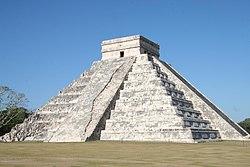
A fantastic sight can be seen during the equinoxes when a serpent-shaped shadow makes its way down the pyramid’s stairs. This astronomical alignment demonstrates the Mayans’ sophisticated knowledge and ability to incorporate it into their architectural marvels flawlessly. The pyramid leaves visitors with awe and surprise at the sight of the descending shadow, which gives them a newfound appreciation for the Mayan civilization’s excellent comprehension of the cosmos. The Kukulkan Pyramid at Chichen-Itza is evidence of the Mayans’ advanced civilization.
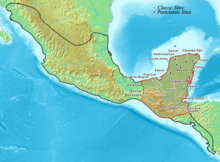
The Sacred Cenote And The Cult of Sacrifice
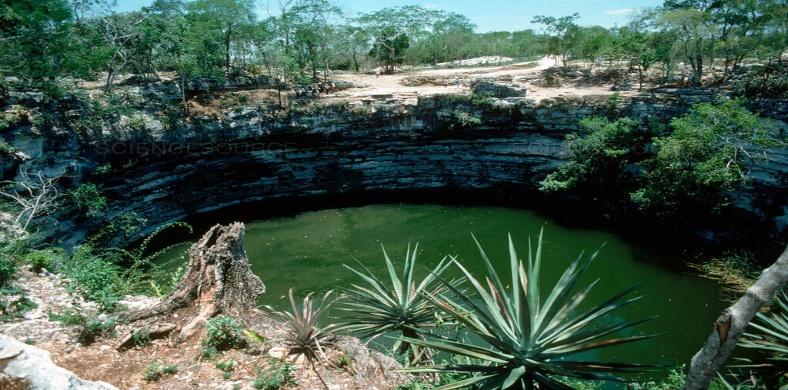
The Sacred Cenote, a prehistoric sinkhole with significant spiritual significance for the Mayan culture, is located in the center of Chichen Itza. The cenote was considered a doorway to the underworld and a fertility source. It was essential to the Mayan culture’s worship of sacrifice, which involved making priceless gifts to the gods. These sacrifices included anything from priceless items to animals and, occasionally, even human lives.
Mayan Human Sacrifice
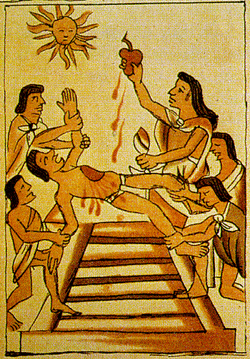
Mayan beliefs had a strong foundation in human sacrifice, representing a sacred agreement between humans and the gods. The practice revealed the depth of the Mayans’ spiritual dedication and their comprehension of the complex interrelationships between the natural and supernatural worlds. The Sacred Cenote is a monument.
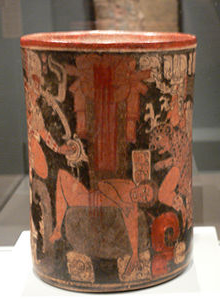
The Mayan Pantheon: Gods and Cosmology
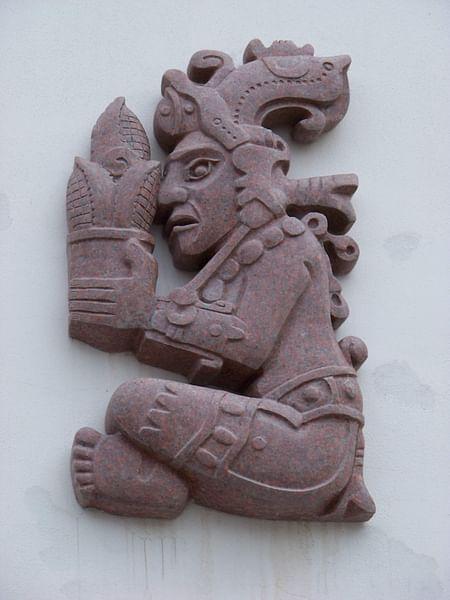
The gods of the Mayan civilization were numerous and varied, each of whom stood for a particular facet of nature or human existence. The feathered snake god Kukulkan, linked to creation and intelligence, occupied a significant position among these gods. The rain deity Chaac, who regulated agricultural fertility, was another powerful character. The Mayans emphasized the agricultural cycles connected to the soil and understood the critical role of rainfall in their agricultural sustenance.
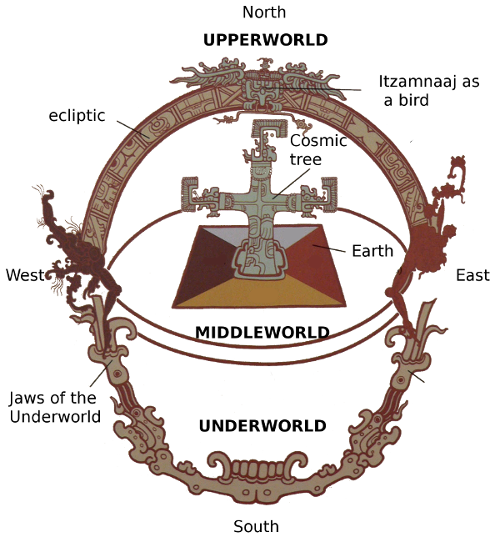
Maya Religion, Gods, Cosmos, and Religious Rituals
The highest God, Itzamna, ruled the celestial world and was incredibly important since he established calendars and writing. These gods represented the Mayans’ deep links to nature and their comprehension of how the spiritual and material worlds interact.
The Cultural Legacy of Chichen-Itza
The cultural heritage of Chichen-Itza resonates across the Mesoamerican region, leaving a lasting impact on subsequent societies. This particular phenomenon’s architectural styles and artistic motifs have disseminated extensively, exerting a profound influence on the creative and architectural customs prevalent within the surrounding area. The architectural accomplishments of Chichen-Itza, ranging from its intricate carvings to its grand pyramids, established a benchmark of excellence that profoundly impacted the construction practices of other Mesoamerican urban centers.The urban environment of the city, characterized by its cosmopolitanism and role as a hub for trade and intellectual pursuits, fostered the interchange of ideas, technologies, and artistic manifestation across a wide range of cultures.

Mayan Artistic Architect
The remnants of subsequent Mesoamerican civilizations demonstrate the cultural influence of Chichen-Itza. Cities such as Tula and Tenochtitlan exhibit architectural elements resembling those found in Chichen-Itza, thereby indicating the enduring impact of the Mayan city. The art and rituals of Chichen-Itza, with their rich artistic traditions and religious practices, exhibited notable influence on the creative expressions and ceremonial customs of the Aztecs and various other indigenous communities.
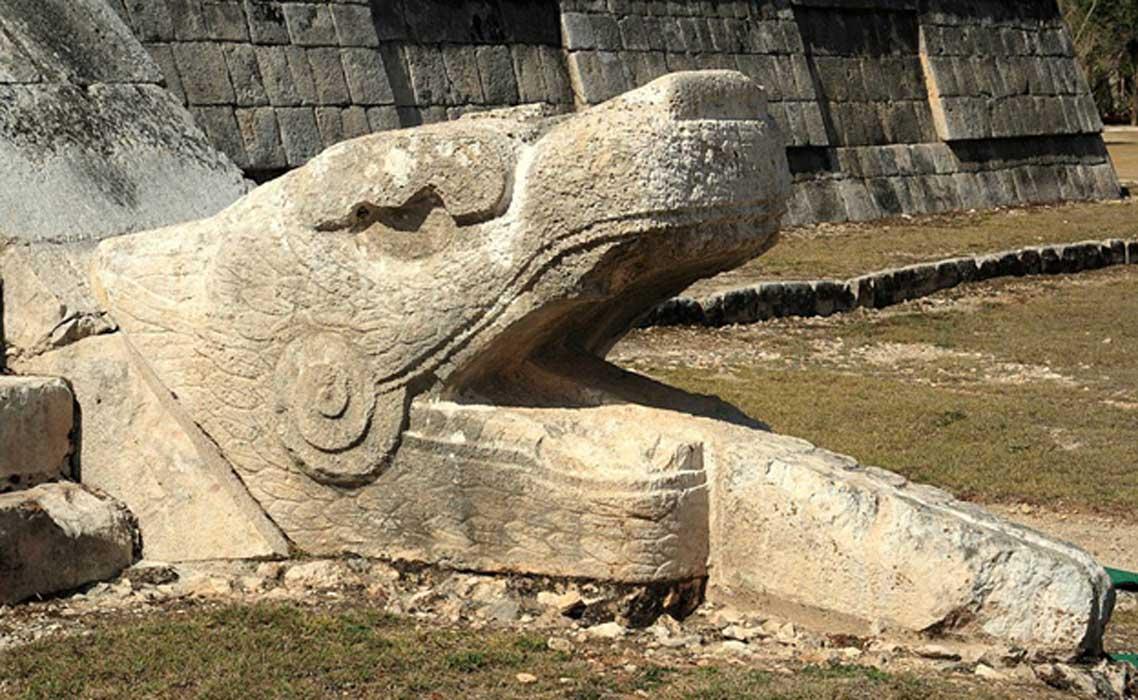
Multiple Choice Question
- Of the four Mayan cities given, which one is known for its Pyramid of Kukulkan?
- a) Tikal.
- b) Chichen-Itza.
- c) Palenque.
- d) Tulum.
- Choose the most important of the Sacred Cenote at Chichen-Itza.
- a) It served as an area for trade.
- b) It was a place for ceremonial ball games.
- c) It symbolized the Mayan concept of the underworld.
- d) It habituated the ruling elite of Chichen-Itza.
- The following are gods in the Mayan. Which one is associated with rain and agricultural fertility?
- a) Kukulkan.
- b) Chaac.
- c) Itzamna.
- d) Ixchel.
- Choose the architectural feature of the Pyramid of Kukulkan that mirrors the solar year.
- a) The number of levels.
- b) The orientation towards the cardinal directions.
- c) The number of stairways and steps.
- d) The presence of serpentine carvings.
- Choose a location where Chichen-Itza’s cultural influence extended to:
- a) North America.
- b) South America.
- c) Europe.
- d) Other Mesoamerican civilizations.
Conclusion
The ancient civilizations of Mesoamerica, including the Mayans, leave a lasting impression on people understanding of human history. Chichen-Itza, with its magnificent structures and profound spiritual significance, offers a window into the captivating world of the Mayans. The architectural marvels, such as the Pyramid of Kukulkan, showcase the Mayans’ advanced knowledge and ingenuity. Their intricate cosmology and deep connection to the natural world reflect a profound reverence for the forces that governed their lives.